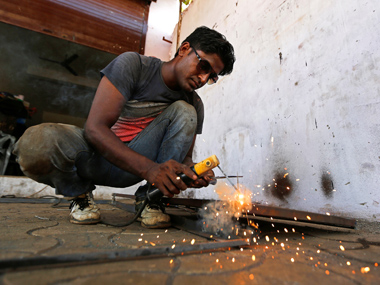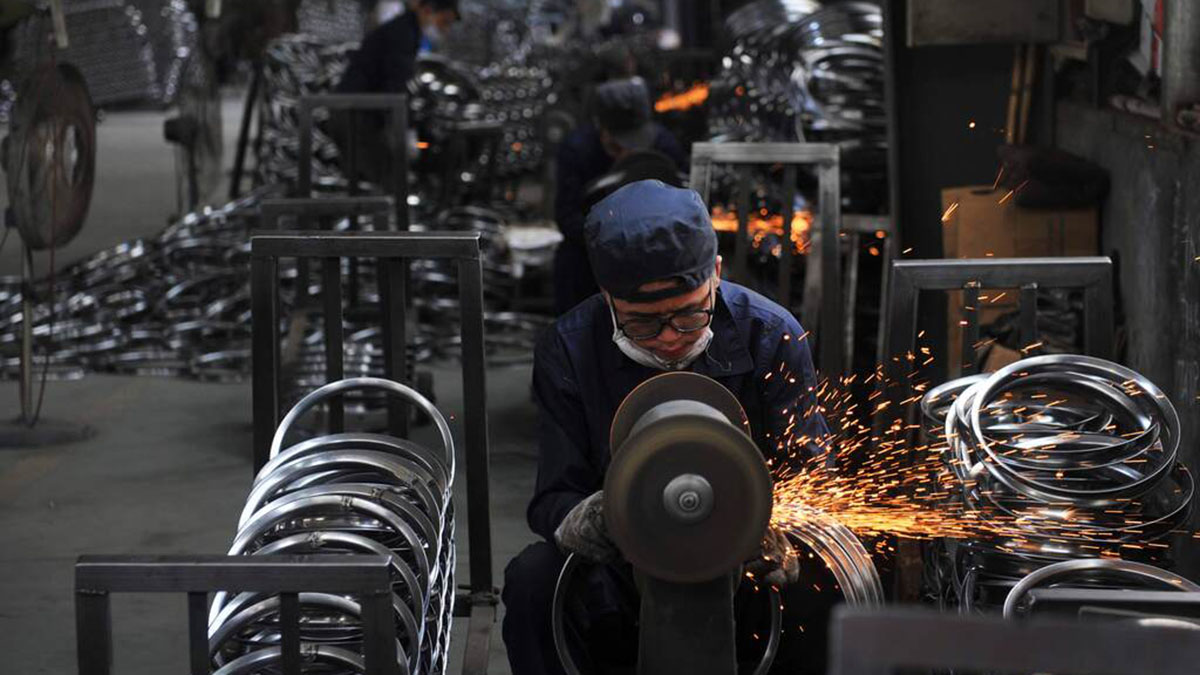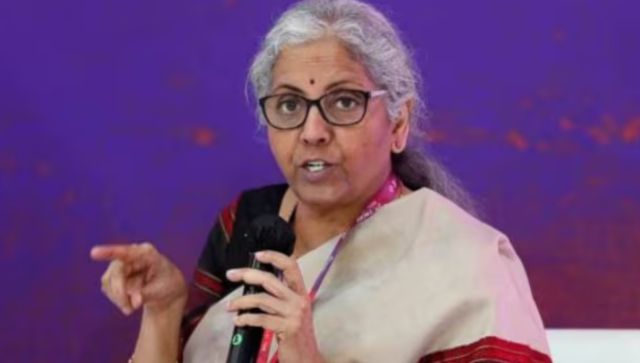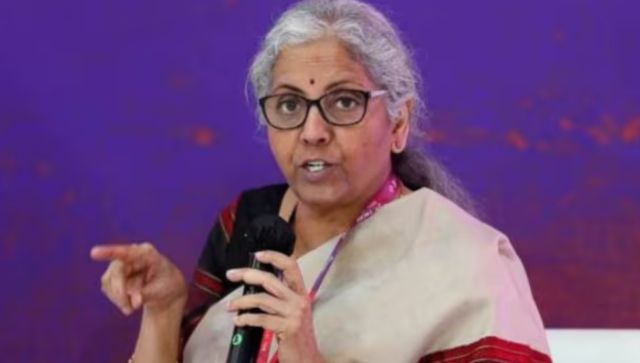After a series of disappointing macroeconomic data, a significant spike seen in the factory output number in August, released on Thursday, offered hopes of early signs of revival in the economy. The Index of Industrial Production (IIP) rose by 4.3 percent, the highest in at least nine months, with broad-based recovery seen across segments, including the critical capital goods (5.4 percent compared with (-)1.3 percent in July) and manufacturing segments (3.1 percent Vs (-)0.3 percent).
After a long time, trends in consumer spending too have shown positive moves. The July IIP growth was revised downwards to just 0.9 percent. In June, the IIP saw a contraction of 0.2 percent. The good August numbers might have added to the optimism both in the Narendra Modi camp, and rightly so, giving a hope that painful days for the economy are finally over.
Let’s examine the reasons behind the sharp August jump in factory output and the likelihood of this growth trend sustaining going ahead, thus, becoming the turning point of the economic growth story.
To begin with, there are three major reasons why the IIP growth has come robust in August.
One, the restocking of products ahead of the festival season demand and after the GST-related confusions, might have helped the production numbers to improve.
Two, base effect has helped. On a lower base in the corresponding period last year, this year the quantum of jump will show higher, which is called the base effect. In the same month last year, the IIP was at a lower 4 percent, falling sharply from three readings in the preceding consecutive months (7.3 percent, 8 percent and 4.4 percent). The base effect play is even more notable in the mining component, where the growth was an impressive 9.4 percent in August (compared with 4.5 percent in July and a negative 4.3 percent in August last year).
Three, the jump in consumer demand helped significantly ahead of the festival season. The growth in consumer durables and non-durables indicate a revival in demand possibly because the GST-related disruptions in the market are slowly coming to normal. Payout of central allowances has put more money in people’s pockets. This is now being spent on goods and festival season spirit is beginning to kick in.
These three above factors explain the August IIP. Now, is this the start of a turn-around in the economy?
The short answer is, not yet. Monthly IIP data is typically volatile in nature, boosted or hammered by one-off components, and one needs to wait and watch for a few moths trend to understand the pattern. If the jump in IIP sustains for three months at least, one can safely say the recovery process has taken route, economists caution.
“It would be necessary to see if this number can be maintained in the next three months. Three successive impressive growth rates would indicate a real recovery. Or else it would be more a case of the restocking impact of the GST effect,” Care ratings said in a note after the IIP-data release.
Remember, even with the 4.3 percent jump in August figure, the cumulative IIP growth so far this fiscal year stands at a not so impressive 2.2 percent compared with an average growth of 5.9 percent in the comparable period last year. It is too early to begin the party yet.
Having said that, the chances of a recovery driven by consumption cannot be ruled out. If the government manages to put the GST machinery on track allaying concerns of small traders (the process has already begun with the GST Council relaxing the rules for small companies), speed up the process of 7th Pay Commission payouts (which the states too need to follow up by taking cues from the Centre) and avoid going for further disruptive misadventures in the economy, things can look up in the next six months to one year.
“While it is premature to assume that this marks a turnaround for the industrial cycle, sequential trends are likely to improve in the months ahead, even if not to the extent of August’s outcome,” said Radhika Rao, India economist at Singapore-based DBS bank.
The structural reforms undertaken by the Narendra Modi government, such as GST, insolvency code, subsidy raionalisation and easing of FDI rules will do good to the economy in the medium-to-long term. Multilateral agencies such as World Bank have already taken not of the reform progress India has made under Modi, even though many of these are the repackaged versions of the schemes of the UPA government.
“The reform process has been significant. We think that certainly in the medium and long term, the growth will reflect the seriousness of Prime Minister Modi’s government in making those reforms,” Jim Yong Kim, World Bank Chief, told reporters at the start of the annual meeting of the IMF the World Bank in the US. Even the IMF, which lowered the growth forecast for this fiscal year to 6.7 percent by half a percentage points, is of the view that India will return to the high growth trajectory sooner than later.
But, the point is even if the IIP growth sustains backed by consumption revival, the government will have to work urgently on other crucial growth triggers to lift the economy to a higher growth orbit and sustain the trajectory. Main among them include recapitalising banks and clearing the road ahead for privatising these entities, working on reviving private investments and offering proper guidance and bringing in predictability about the government policies governing critical areas. Stalled projects need to be cleared with a sense of urgency and politically sensitive land and labour reforms need to be taken up in dialogues with the state governments, where BJP is increasingly gaining control.
Right now, a slew of downward GDP growth revisions by World Bank, IMF and the RBI to sub-7 percent levels have dampened the sentiment. Modi will have to fight politically (in view of strong criticism from within the ruling party and outside) to devise quick economic policies to set the economy back on track. To sum up, the August IIP number is a great relief after a series of disappointing data and certainly good news for the economy. If Modi presses the right buttons at this juncture, good days for the economy aren’t that far.


)




)
)
)
)
)
)
)
)